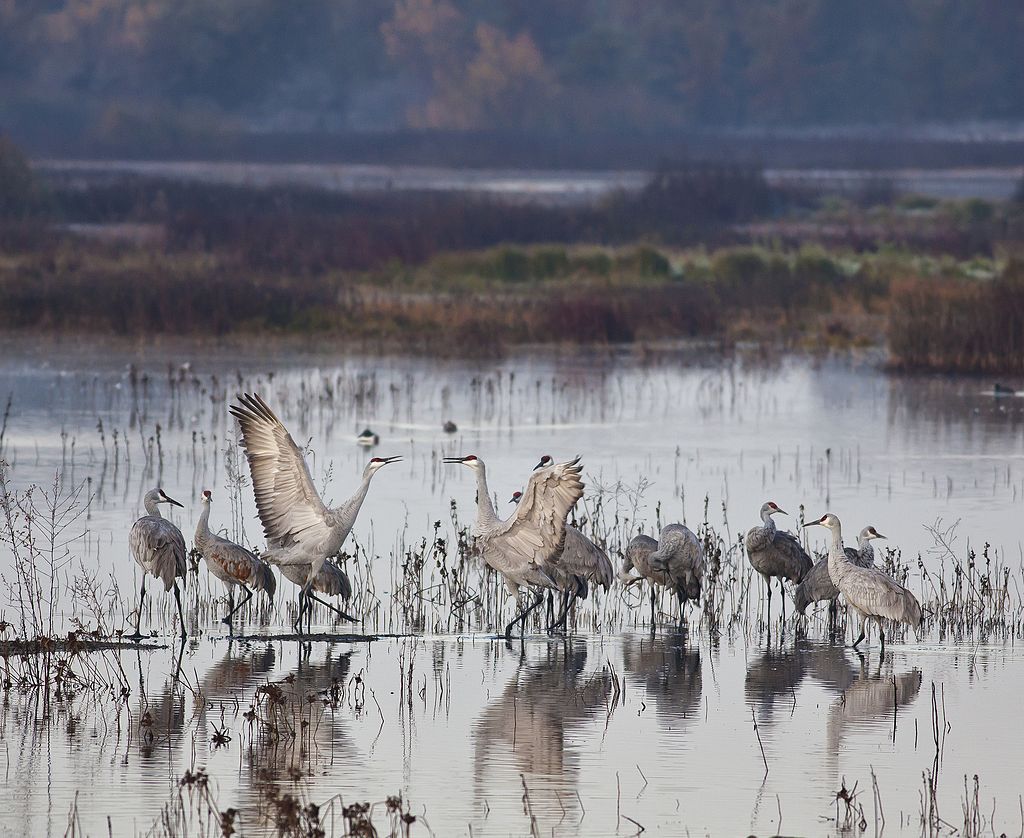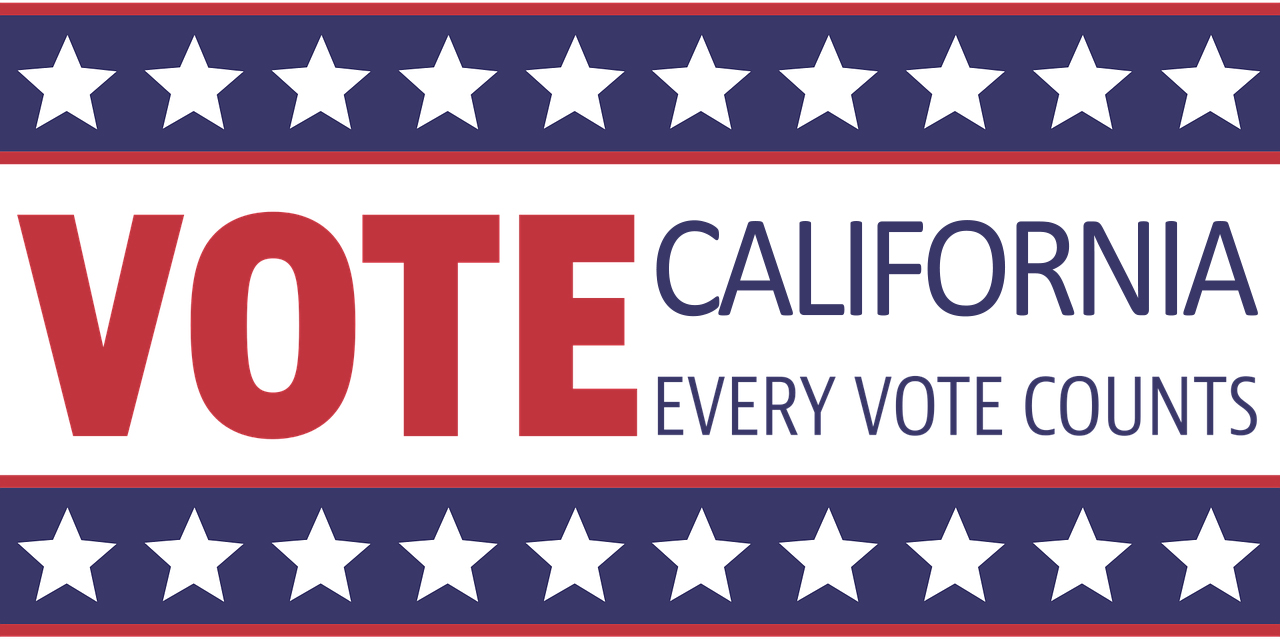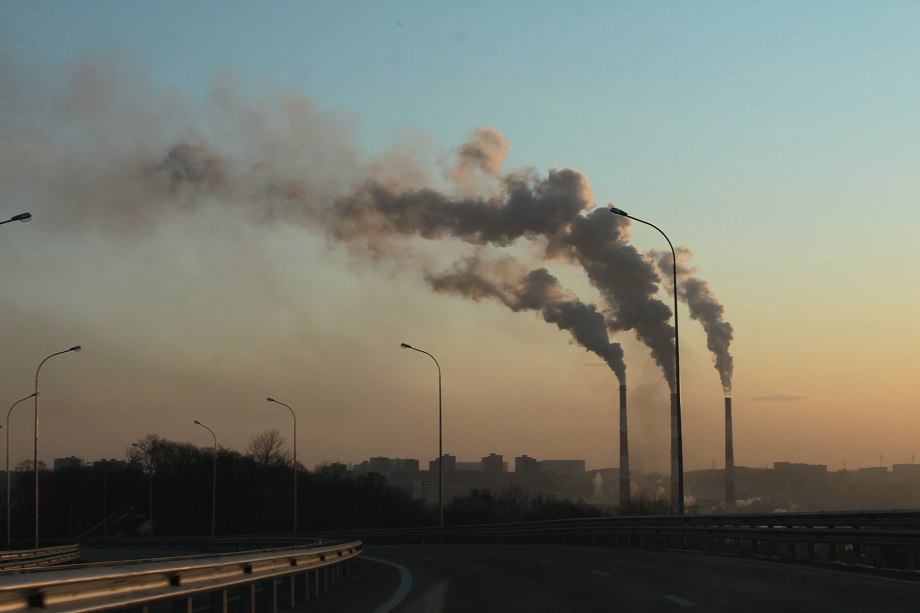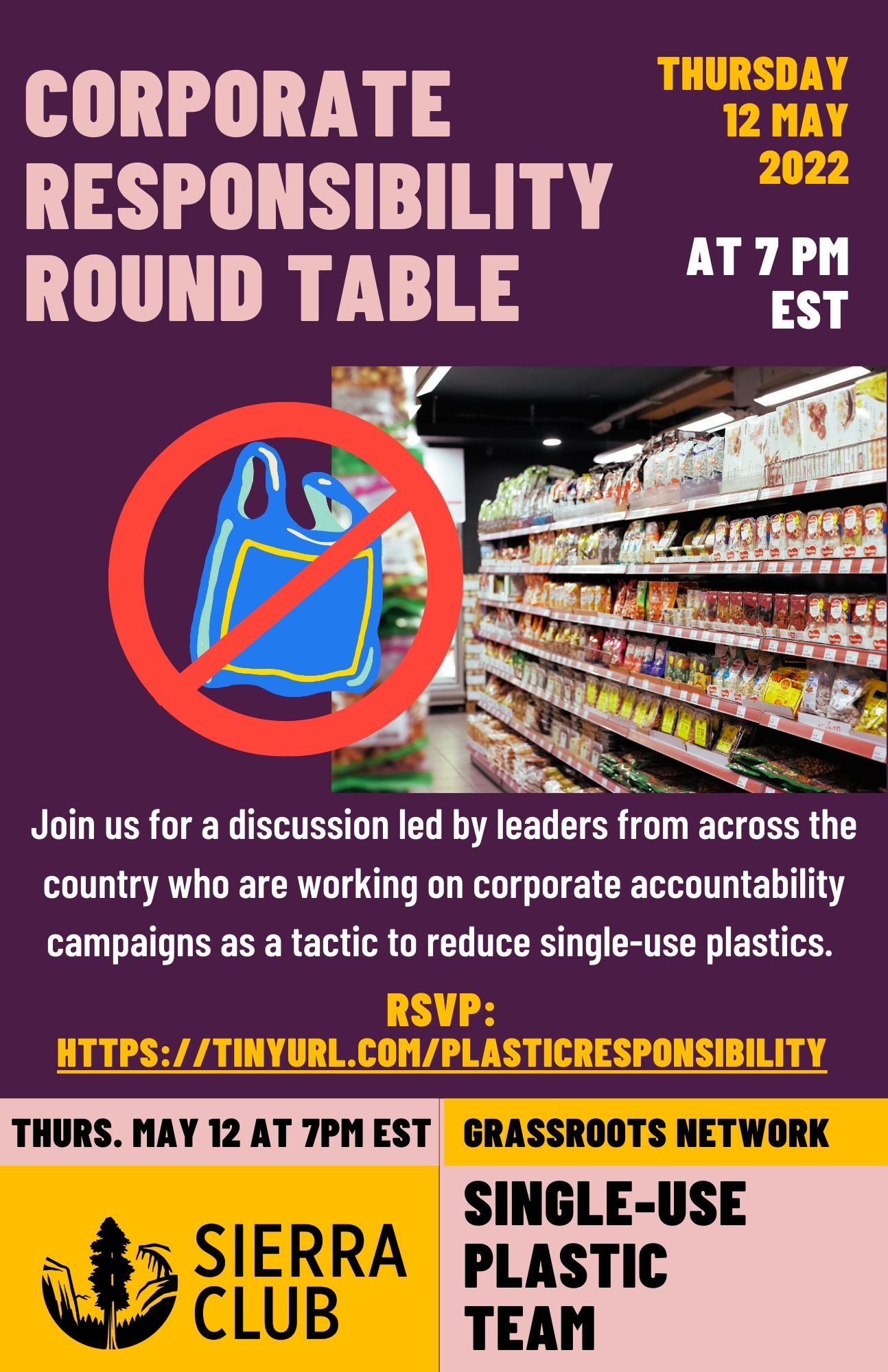
California Releases Final Pathways Document for 30x30
Election Season is Looming!
Newsom’s Nuclear Blunder
RSVP to Attend Sierra Club’s Single-Use Plastics: Corporate & Social Responsibility Round Table

California is leading the nation as the first state committed to protecting 30% of lands and coastal waters by 2030. In April, the California Natural Resources Agency (CNRA) released the final “Pathways to 30x30” report, setting out its plan for achieving this ambitious milestone.
The state’s 30x30 initiative is a major opportunity to uplift local and regional conservation priorities, invest in communities to improve access to nature, and harness the power of conservation strategies to achieve greater climate resilience across the state’s landscapes.
In February, Sierra Club California submitted comments on CNRA’s draft Pathways report following many months of participating in public workshops and drafting comments for scoping efforts. While the draft report set out a strong framework of priorities, we urged CNRA to strengthen conservation efforts, align State programs to prioritize 30x30 goals, add long-term funding commitments, and include a specific implementation strategy in the final plan.
Released on April 22, the final Pathways report will guide California’s conservation efforts for the next eight years. The report unveiled a new “30x30 Partnership” which will serve as a coordinating body between stakeholders across CA and will be responsible for implementing 30x30 and working with partners to advance 30x30 goals. We anticipate this Partnership will be an opportunity for grassroots stakeholders to engage with the State and ensure implementation of the 30x30 Pathways report achieves its ambitious goals. We look forward to working with CNRA and our partners to make sure these goals become reality.
But to ensure that 30x30 provides a meaningful paradigm shift in the way that we practice conservation, many key details will need to be worked out during implementation.
30x30 implementation must include a concrete strategy to stop ongoing harms that undermine 30x30 goals. OHV use, logging, fossil fuel extraction, and urban sprawl are just a few of the issues that must be addressed.
As CNRA works to advance 30x30 priorities and goals, it must also ensure that its other programs, including the Natural and Working Lands Climate Smart Strategy and Outdoors for All initiative build up and contribute to 30x30 priorities for conservation, biodiversity, and equity.
Finally, restoration, acquisition, management, and stewardship of 30x30 areas will require significant investments. A more detailed plan to secure long-term funding commitments is necessary to ensure 30x30 will be achieved in the next 8 years, and conserved lands, watersheds, and seascapes will be maintained for future generations. We are tracking the budget process to ensure that the Newsom administration’s investment priorities elevate 30x30 and provide the resources required for the initiative’s success.
We have a once-in-a-generation opportunity to shape the future of conservation in California for our lands, waters, wildlife, and communities. The final Pathways report is a strong start to this effort, but it must be built upon and invested in if California is going to achieve its goals – the Sierra Club intends to be a committed partner throughout to see this important plan through.
For more information, also see our: coalition press release and 10 priorities for a successful 30x30.

As many of you have already experienced, California voters are being inundated with materials from candidates seeking office at every level of government.
Because Sierra Club is a (501(c)(4)) tax exempt organization we are allowed to make endorsements for specific political candidates and ballot measures that help our supporters and voters more broadly identify pro-environmental candidates in their districts.
Our endorsement process is entirely volunteer driven and transparent. Endorsements for local candidates and ballot measures, state legislative candidates, and candidates for the U.S. House of Representatives are handled by volunteers at the 13 local Sierra Club chapters across California. Statewide and U.S. Senate endorsements are handled by Sierra Club California volunteers specifically.
The process for both local and statewide endorsements is virtually identical. Volunteers are split into committees for each endorsement. First they create questionnaires, then the committees identify candidates, and solicit responses to the questionnaire. Finally, they interview the candidates individually. Historically, this was done in person, but due to COVID, many interviews are currently conducted virtually. After the interview, the committee votes on whether the candidate should be endorsed, and if so, when.
Volunteers look for key characteristics when they consider a candidate. These include, but are not limited to: commitment to the environment, accessibility, and political viability. The committees ask themselves questions such as: does the candidate take smart, informed positions on environmental and environmental justice issues? Is the candidate accessible to their constituents and someone who, once in office, will be open to hearing Sierra Club's opinion on an issue? Does the candidate have enough support, funding, and experience to run a successful campaign for the office?
Sierra Club endorsements don’t depend on whether or not a candidate or incumbent voted one way or another on a single ordinance or bill. Sierra Club also typically does not endorse against incumbents who have a strong environmental record.
This year, endorsement committees have been very busy selecting candidates and ballot measures. As endorsements are made for legislative seats, statewide seats, and statewide ballot measures, we update Sierra Club California’s endorsements page on our website. There you’ll also find a link to the national Club’s website page about federal contests. Local chapters list the endorsements for local races on their websites.
As a 501(c)(4) organization, we are required to keep election information at least two-clicks away. So, we can’t link to the endorsements page directly in this article. But, you can find it by visiting our home page, clicking on elections via the Get Involved drop-down menu and then clicking through.
Every election is important, so make sure you get involved!

Late last month, the LA Times reported Governor Gavin Newsom was reconsidering the closure of the Diablo Canyon Power Plant, California’s last nuclear power plant.
Diablo Canyon, operated by the Pacific Gas & Electric Company, is located along the Diablo Coast in San Luis Obispo County. The facility contains two nuclear reactors that will be shut down permanently by 2025. Newsom, however, thinks it would be prudent to keep the plant open and help it secure federal funding.
The Sierra Club has opposed nuclear energy for decades, as it can cause catastrophic damage to our lands, and human health. For these reasons, Sierra Club activists were leaders in the initial effort to stop the construction of Diablo Canyon in the first place.
Instead of propping up dangerous energy sources, Newsom should be providing more resources to deploying greater renewable energy across the state, such as rooftop solar.
Late last year, the California Public Utilities Commission (CPUC) released a proposed decision that would crater the rooftop solar industry. Overwhelming public pressure has since forced the CPUC to delay voting on the proposed decision as we all anxiously wait to see what the agency will do next.
Newsom recognized the need for more renewables during his state of the state address in March. But if he meant what he said, he’d stop considering ways to continue harmful energy resources, and publicly advocate for an equitable rooftop solar deployment instead.
RSVP to Attend Sierra Club’s Single-Use Plastics: Corporate & Social Responsibility Round Table
By Michael Blenner

Sierra Club national is inviting you to join the Single-Use Plastics Sub-Team of Sierra Club’s Grassroots Network Zero Waste Team at a round table next week, Thursday, May 12, at 7pm EST. The event will feature discussions from leaders across the country who are working on corporate social responsibility (CSR) campaigns aimed at reducing single use plastics.
As plastic waste continues to accumulate in oceans and landfills across the globe, it’s only become more crucial that we reduce our reliance on single-use plastics and transition to sustainable alternatives. The roundtable discussion will focus on how CSR is related to single-use plastics, the importance of campaigns to reduce their usage, and which policies and regulations can be most effective at accomplishing that goal.
Registration is free and open to all. In addition to the roundtable discussions, there will also be a Q&A with speakers and attendees after the sessions conclude. Please click here to RSVP. After you register, you will receive the Zoom link to the event.
Follow Us:
  |
Thank you for being a part of our work! Consider making a monthly donation. You may securely donate online or by sending a check to Sierra Club California at 909 12th Street, Suite 202, Sacramento, CA 95814.
